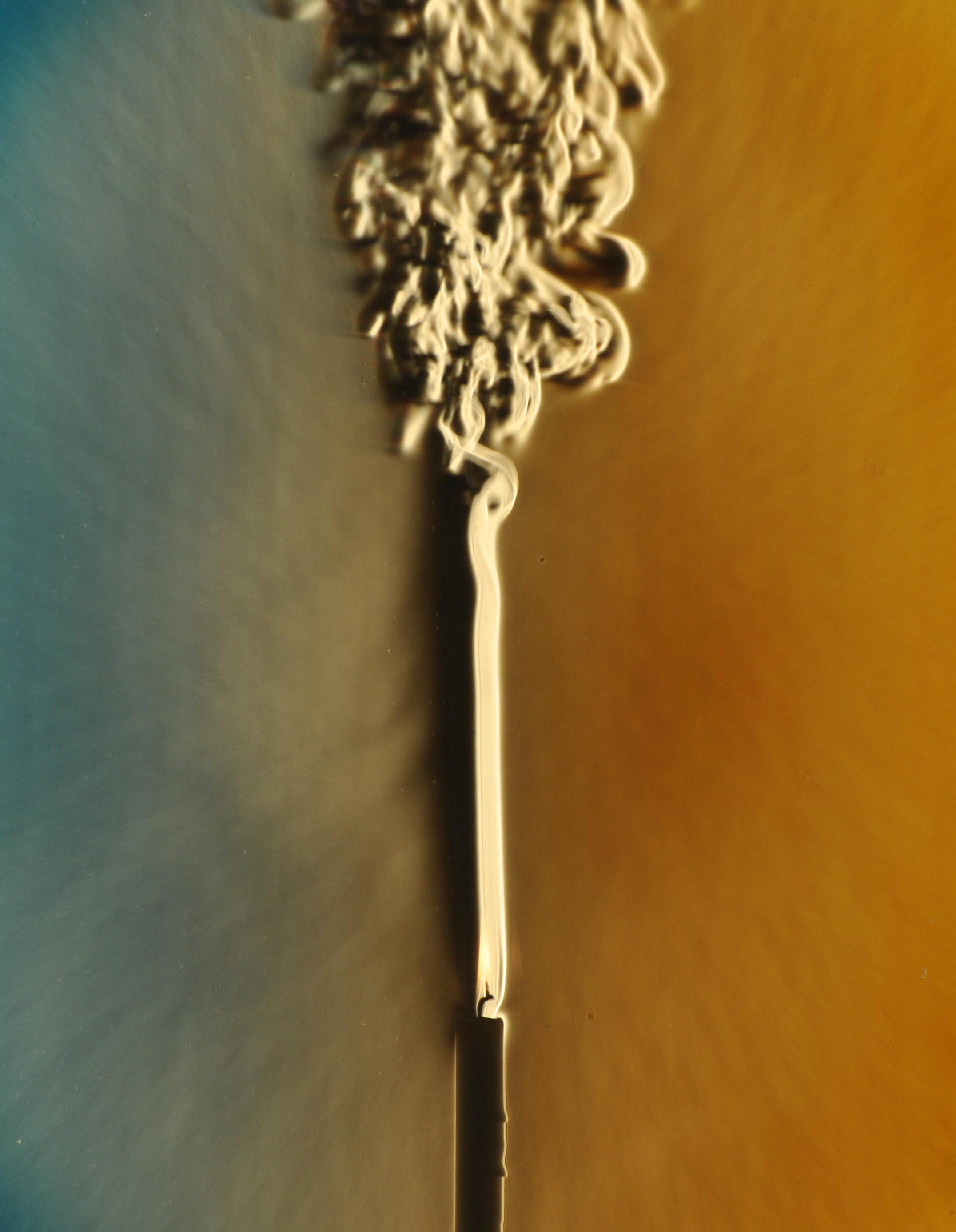Reynolds number
Reynolds number (Re) is a dimensionless quantity that helps predict fluid flow patterns in various situations. It measures the ratio of inertial to viscous forces.
Overview
At low Reynolds numbers, flow tends to be dominated by laminar (sheet-like) behavior. At high Reynolds numbers, turbulence dominates. The transition is driven by flow velocity, characteristic length, and fluid properties.
Reynolds numbers are useful for predicting transitions between laminar and turbulent flows in:
- Pipes and ducts
- Open channels
- Airflow over aircraft wings
- Blood vessels
- Industrial mixing
They help scale experiments from model to real-world applications.


Definition
The Reynolds number is defined as:
Where:
- : Flow speed (m/s)
- : Characteristic length (m)
- : Kinematic viscosity (m2/s)
- : Fluid density (kg/m3)
- : Dynamic viscosity (Pa·s)
Images




Applications
Re is used in fluid mechanics to characterize flow regimes:
- **Laminar flow**: Re < ~2300
- **Transitional flow**: ~2300 < Re < ~2900
- **Turbulent flow**: Re > ~2900
In a Pipe
Where:
- : Hydraulic diameter
- : Volumetric flow rate
- : Cross-sectional area
- : Mass flow rate
Hydraulic Diameter
- For circular pipes:
- For annular ducts:
Start from:
Non-dimensionalizing:
Shows how viscosity vanishes as Re approaches infinity (inviscid behavior).
History


Osborne Reynolds used dyed water in a glass pipe to show laminar-turbulent transitions. At low velocities, the stream was smooth. At higher velocities, turbulence formed.
Flow Around Objects
Sphere

Stokes' law applies at low Re:
Packed Beds
Where:
- : Superficial velocity
- : Void fraction
Stirred Vessels
Where is rotation speed.
Flow Similarity

For dynamic similarity:
Pipe Friction

Used to predict pressure drops:
- Laminar:
- Turbulent: Varies with Re and roughness
Critical Values
- Onset of turbulence in pipe: Re ~ 2300
- Golf ball dimples reduce drag by manipulating boundary layer (higher Re)
Real-World Values
- Amoeba: ~1×10−6
- Bacteria: ~1×10−4
- Human swimming: ~106
- Whale: ~108
- Large ship: ~109
- Cyclone: ~1012
Related Concepts
- Prandtl number
- Péclet number
- Kinematic viscosity
- Laminar-turbulent transition
























